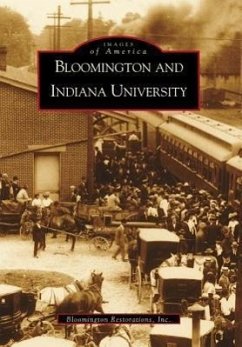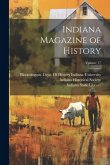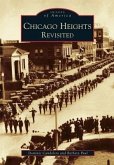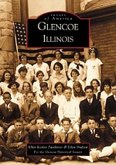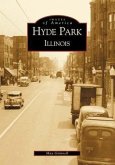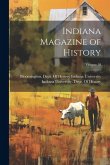The city of Bloomington and Indiana University were linked from the start, grew together and still share joys and sorrows 180 years after their founding. The many vintage photographs in this pictorial history bring to life both historical ambiance and transformation in town and gown from the late 1800s to the present. When Monroe County was organized in southern Indiana in 1818, hilly, thickly-wooded Bloomington became the county seat. The first courthouse was a log cabin, and 30 families made up the town. Six years later, when Bloomington's population had increased to 500, Indiana's first public institution of higher learning opened with 10 students and a single professor. It would grow to become Indiana University, and start building its present campus in 1884. Bloomington prospered during these decades through the presence of IU, as many as 40 industries, and its growing production of limestone. The town's Beaux Arts courthouse building (1907) and IU's wooded central campus form Bloomington's signature twin landmarks. Around them lie many distinctive neighborhoods, a now-extensive campus with Big Ten sports arenas, and a picturesque countryside that draws bicyclists from across the nation.
Hinweis: Dieser Artikel kann nur an eine deutsche Lieferadresse ausgeliefert werden.
Hinweis: Dieser Artikel kann nur an eine deutsche Lieferadresse ausgeliefert werden.

